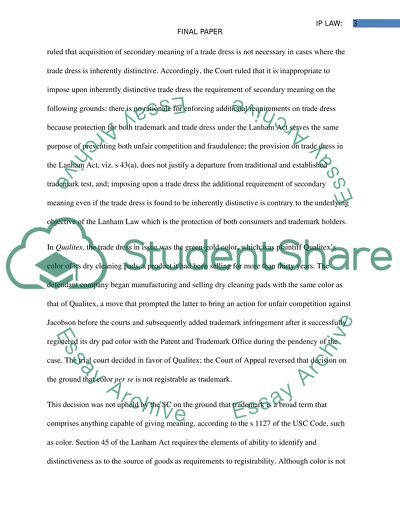Cite this document
(“Intellectual Property Law Research Paper Example | Topics and Well Written Essays - 1250 words”, n.d.)
Retrieved from https://studentshare.org/law/1404956-intellectual-property-law
Retrieved from https://studentshare.org/law/1404956-intellectual-property-law
(Intellectual Property Law Research Paper Example | Topics and Well Written Essays - 1250 Words)
https://studentshare.org/law/1404956-intellectual-property-law.
https://studentshare.org/law/1404956-intellectual-property-law.
“Intellectual Property Law Research Paper Example | Topics and Well Written Essays - 1250 Words”, n.d. https://studentshare.org/law/1404956-intellectual-property-law.


